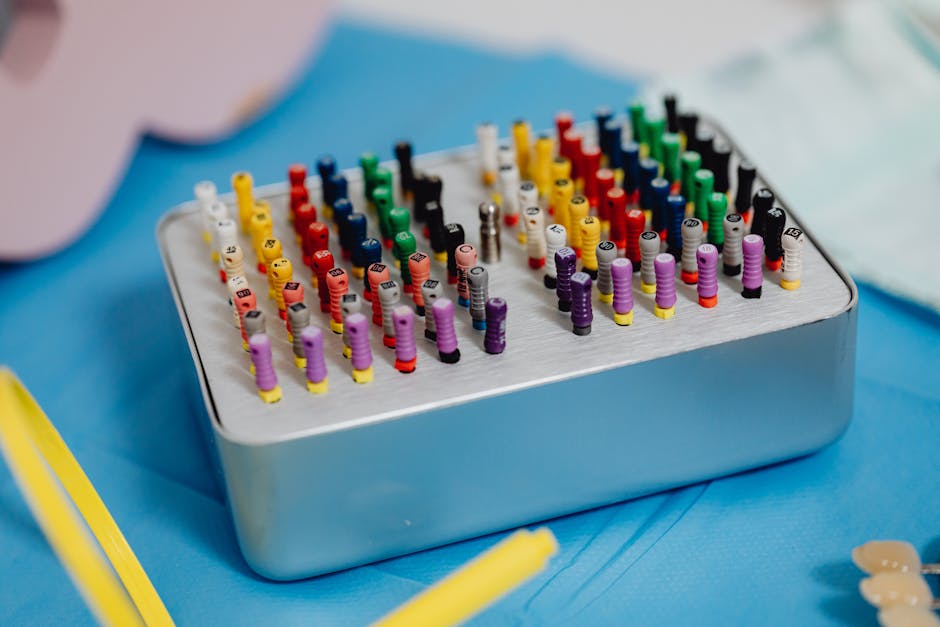TOPLINE:
Long-term outcomes in primary angiitis of the central nervous system (PACNS) were influenced by patient/disease factors; compared with no treatment, treatment with cyclophosphamide (alone or with steroids) was associated with a reduction in relapse rates.
METHODOLOGY:
- This retrospective observational cohort study included 163 adults (median age, 48 years; 45% women) diagnosed with PACNS at 13 German tertiary care centres from 2004 to 2018.
- Patients met Calabrese and Mallek (1988) and Birnbaum and Hellmann (2009) diagnostic criteria and were classified as biopsy- and angiogram-confirmed.
- Researchers assessed the risk for relapse across six immunotherapy regimens (no treatment, steroids, cyclophosphamide ± steroids, and others).
- Outcomes — survival, relapse-free survival (median follow-up, 42 months), and disability (measured using the modified Rankin scale) — were assessed through telephone interviews/registry data.
TAKEAWAY:
- Overall, 18% of patients with PACNS died during follow-up, with each 10-year increase in age significantly increasing the risk for mortality (hazard ratio [HR], 1.96; 95% CI, 1.41-2.74; P < .001).
- Over half of patients (52%) developed moderate-to-severe disability, defined as a modified Rankin scale score of 3-6, that was strongly associated with older age (odds ratio, 1.40 per 10 years).
- Relapses occurred in 50% of patients, typically occurring at a median of 18 months (interquartile range, 4-55 months), indicating a high rate of PACNS recurrence over time.
- Cyclophosphamide monotherapy (HR, 0.44) and steroid combinations (HR, 0.47) significantly lower the risk for relapse than no treatment.
IN PRACTICE:
“Our findings further support the treatment of patients with PACNS with cyclophosphamide alone or in combination with steroids to reduce the frequency of relapse,” the authors wrote.
SOURCE:
This study, led by Anna Lena Fisse, Department of Neurology, Ruhr University Bochum, St. Josef Hospital, Bochum, Germany, was published online on June 23, 2025, in Annals of Neurology.
LIMITATIONS:
The non-randomised observational design introduced potential confounding as treatment intensity correlated with disease severity. Variable follow-up durations and non-treatment in some cases could bias outcome interpretation.
DISCLOSURES:
This study reported open access funding enabled and organised by Projekt DEAL. Some authors reported receiving speaking fees, honoraria, travel support, and research funding; serving as paid consultants; and having other financial ties with several pharmaceutical companies.
This article was created using several editorial tools, including AI, as part of the process. Human editors reviewed this content before publication.



